Data Center on the ruins of the Soviet era
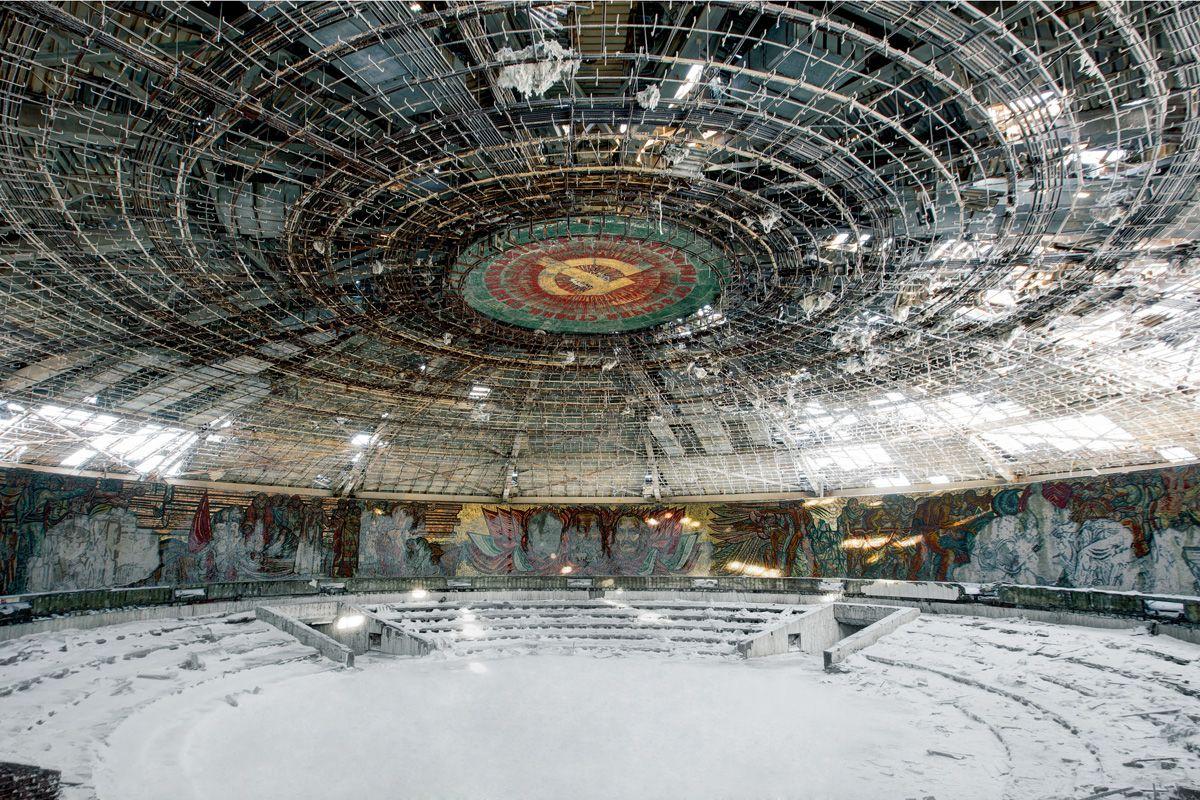
We sat in the editors of Nag.ru and thought, and where would we go and what would we write on the pages of our blog. We thought and thought and understood that we have few publications about commercial data centers, and indeed there are not so many of them in Yekaterinburg, that there is not too much on the border between Europe and Asia, or they simply do not advertise themselves. A simple search led us to the threshold of the Radio Equipment Plant , which in Soviet times produced a lot of electronics, including for the defense industry. The plant is still working for the needs of the defense industry, or rather what remains of it. But on the basis of the infrastructure in the wild nineties, an Internet provider emerged with its own commercial data center, which now only acquires capacity, but in the near future threatens to become a technopark. About him we will talk under the cut.
So, the factory entrance gate, a security guard tired of life, writes down the number of our car in the yellowed pages of a log book and lets us into the territory. It is evident that the Soviet past was delayed here, because the same guard with a dented magazine does not let him go through the checkpoint. Well, okay, it's not about the union, but a little about his legacy.

Lihie nineties, when the economy of the once great power fell like a house of cards, moved into the new millennium. Then, as the deputy head of a small IT department, Nikolai Ionov got a job at the Radio Equipment Plant. He had to introduce an automation system, but the telecommunications at the plant were in such a deplorable state that they had to reconstruct the entire infrastructure.

When this work was completed, and instead of a PBX for 200 numbers, they put a “thousandth”, it came to the realization that telephony services, which at the beginning of the two thousandths made a substantial amount, can be sold. Having earned the first million, the IT department of the plant turned into a separate company, RusKom, which began providing Internet connection services to residents of Yekaterinburg.
In 2012, RusKom became the first Internet provider to start providing a personal gigabit for copper to a subscriber without any restrictions. About three years ago, at the communications centers, the company's specialists began to establish their own development, allowing the network to operate without power for up to 10 hours. This is a simple device that allows any terminal device to draw electricity from a conventional seven-amp battery. The battery is built into the system in the form of a buffer, so it absorbs static electricity. In fact - this is online UPS.


Communication nodes are equipped with a novelty in almost every entrance of the operator’s presence - to be more precise, 60% of the network has been modernized. It is noteworthy that many of the new products Nikolai Ionov created with his own hands a workshop here on the territory of the plant.
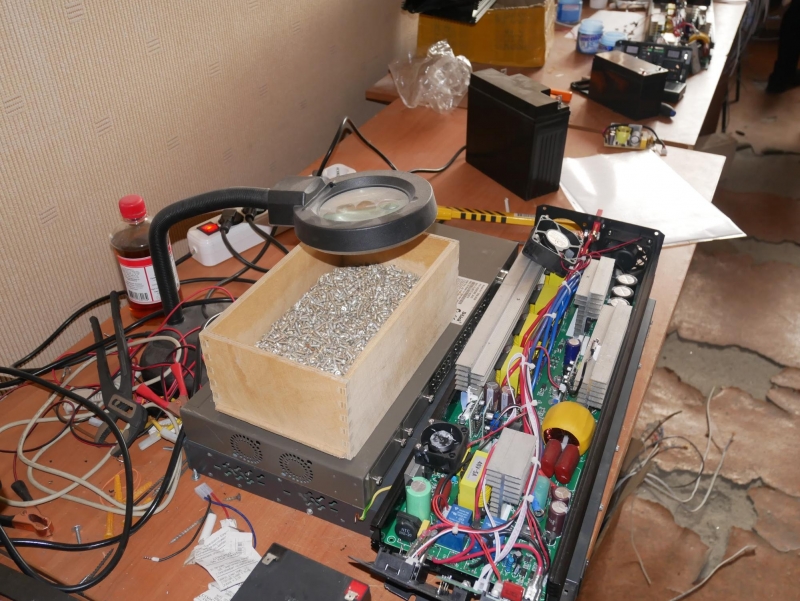
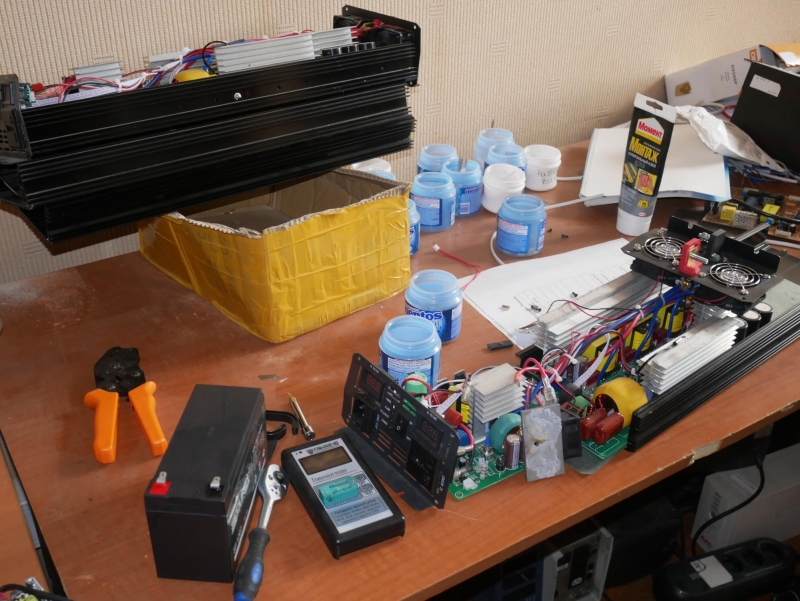
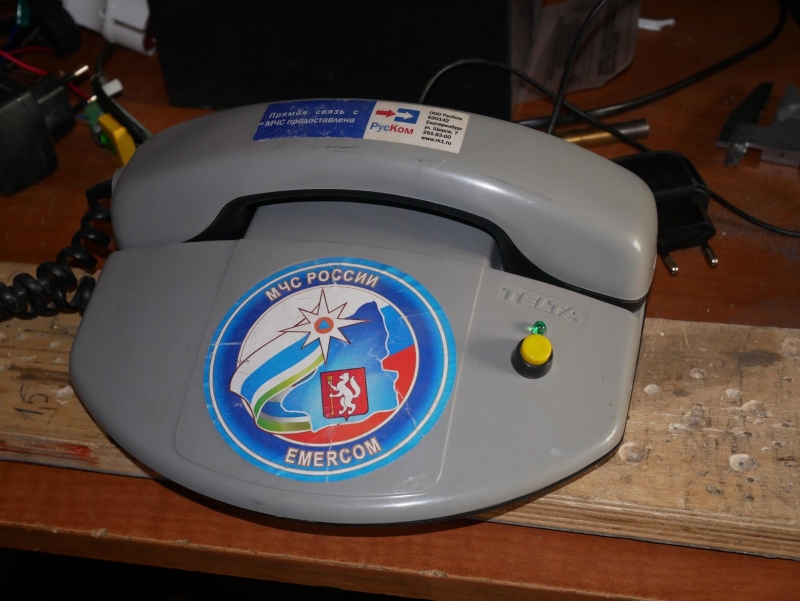
This is another invention of RusKom. The device provided direct communication with emergency services, as it was then required by law. Now the law was abolished, and such phones have sunk into oblivion.
Then thunder struck and in the Russian telecom, Mrs. Yarovaya burst into a rustling package, legally identifying the special need of Russian providers in their own data centers. “RusKom” got down to business with enthusiasm, starting the construction of its own data center.
It was also allocated to a separate company called “Data Center Ekaterinburg”. Today, today it provides the opportunity to host server racks, servers such as Unit and Tower, as well as the ability to host mining farms, and the so-called ASICS (ASIC ANTMINER is special equipment for the production of cryptocurrency). The data center itself consists of three rooms.
We go into the first room, designed to accommodate servers such as Unit.

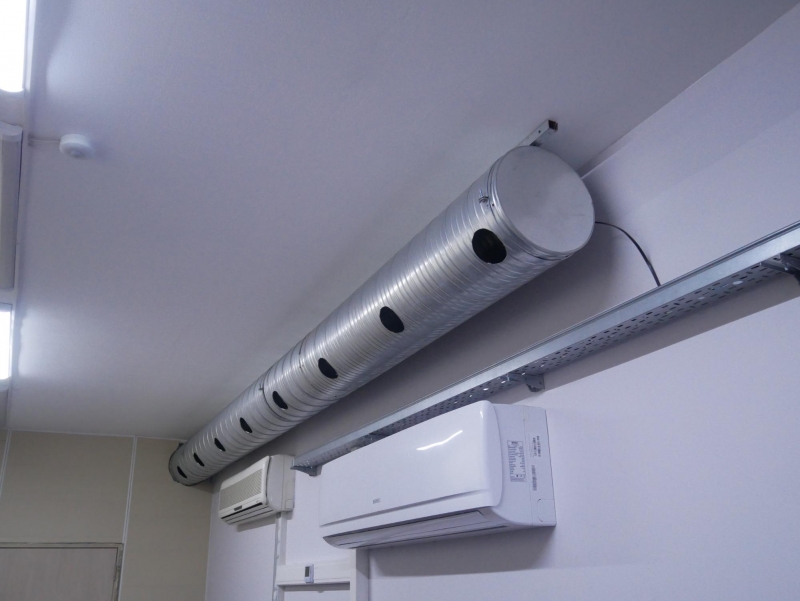
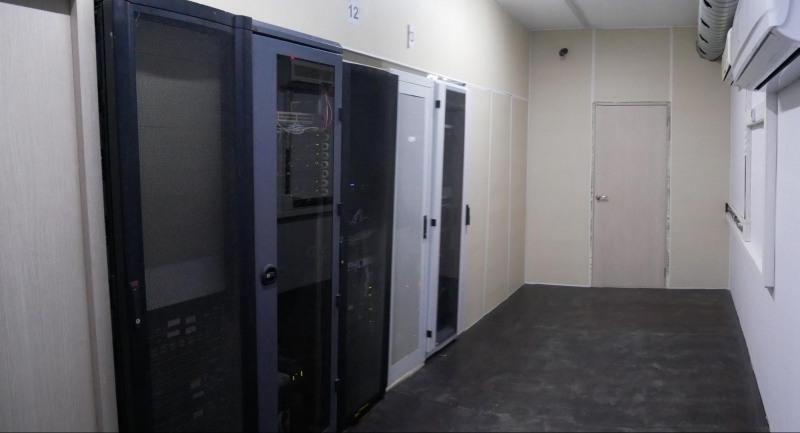

Cooling in the room is arranged according to the principle “cold corridor - hot corridor”. Cold air is forced into the cold corridor. After passing through the equipment, the heated air enters the "hot" corridor, and from there to the ventilation system. Such a system can significantly reduce the cost of electricity.
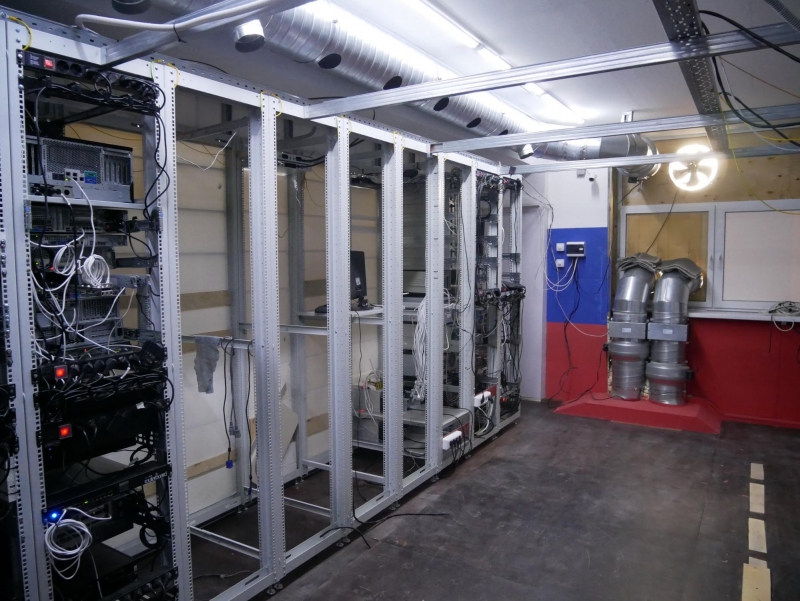

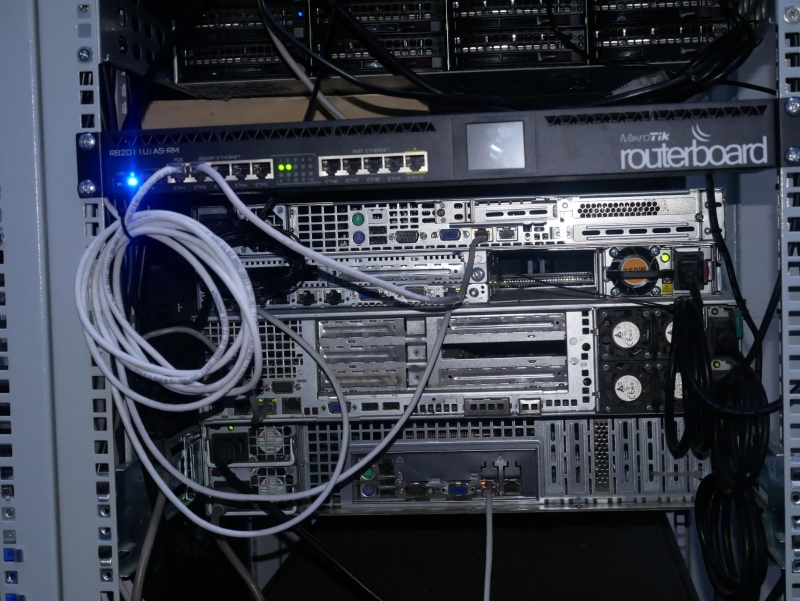
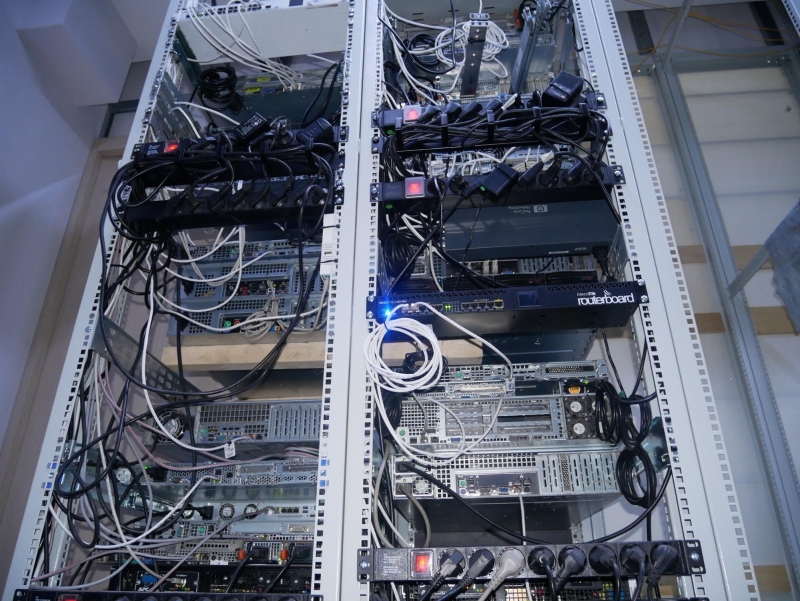
“Asiki” are temporary hiding here.
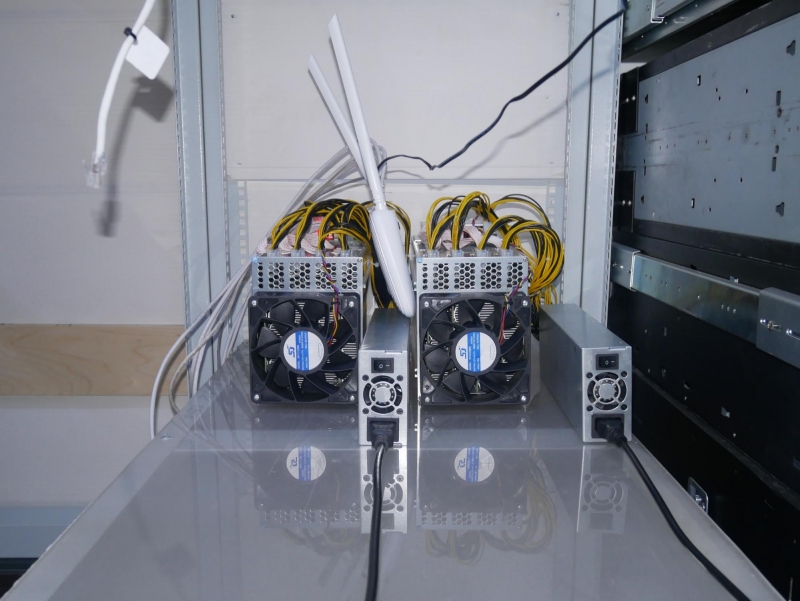

“Hot” corridor:
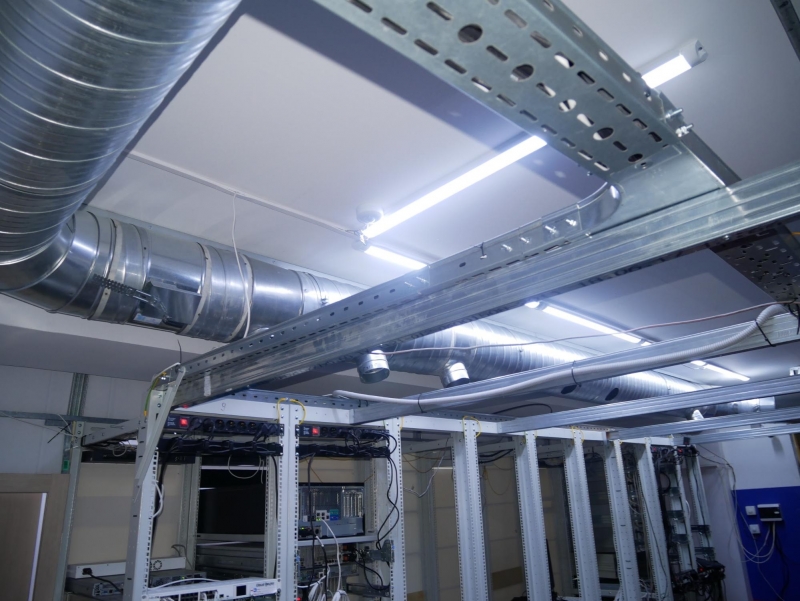
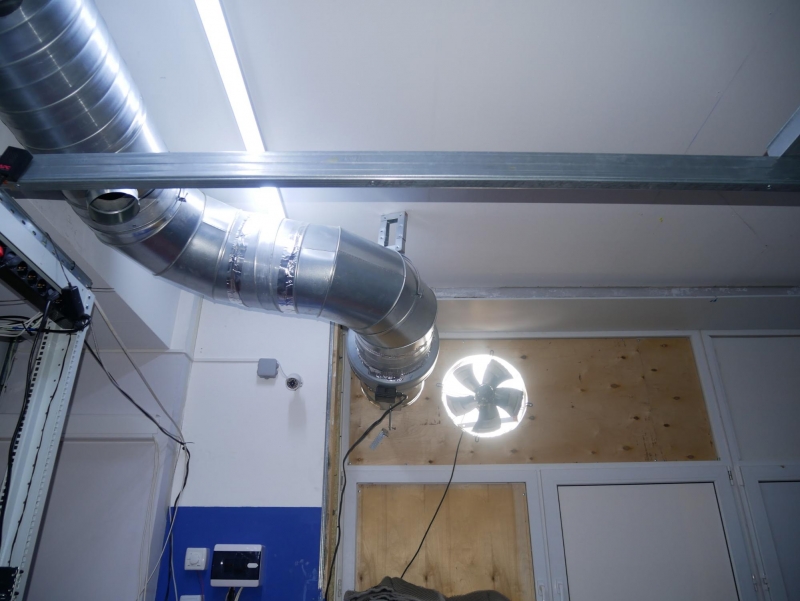
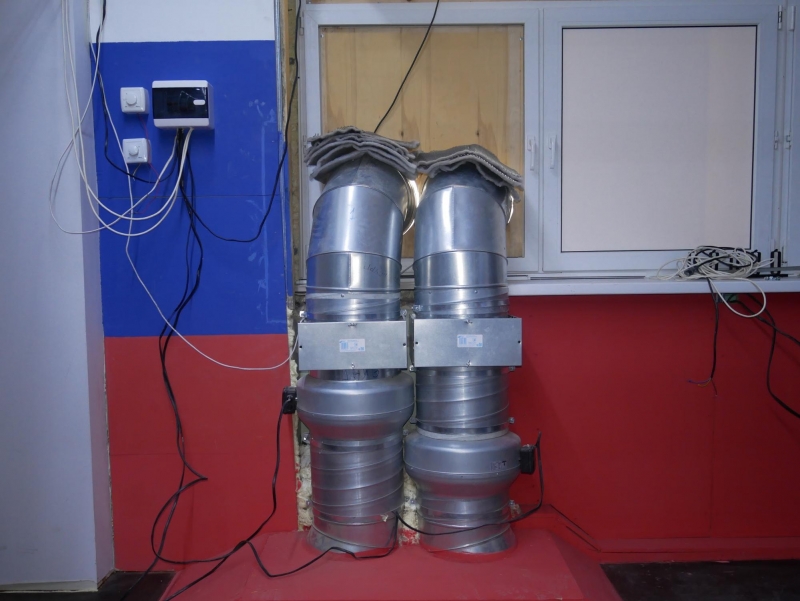
The data center has its own temperature monitoring system. There are special sensors for all data center premises.
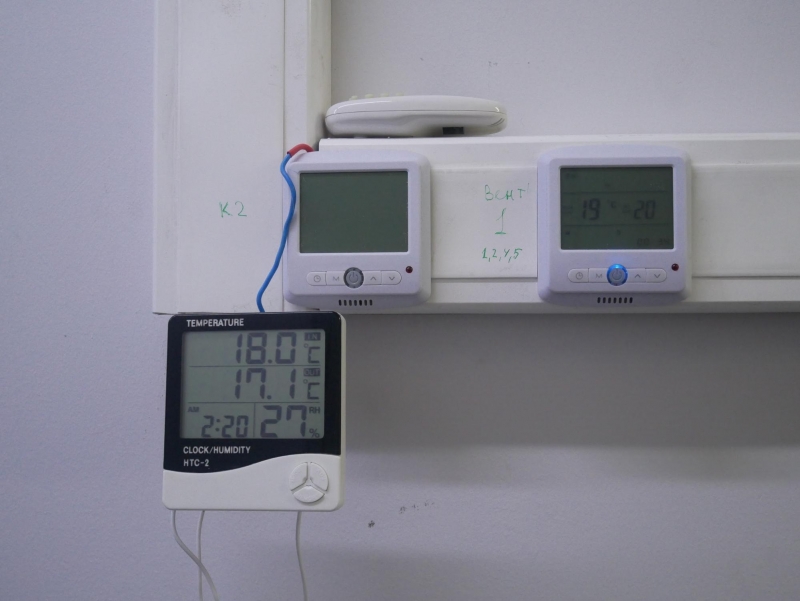

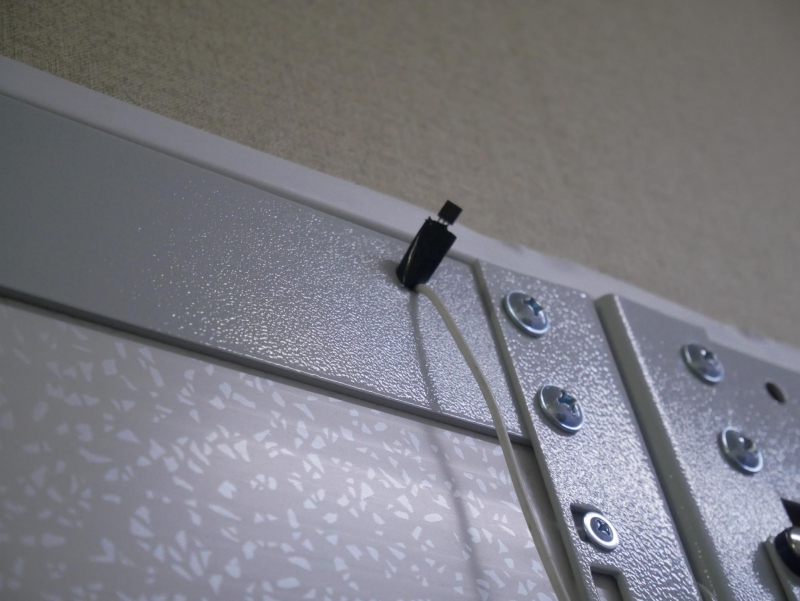
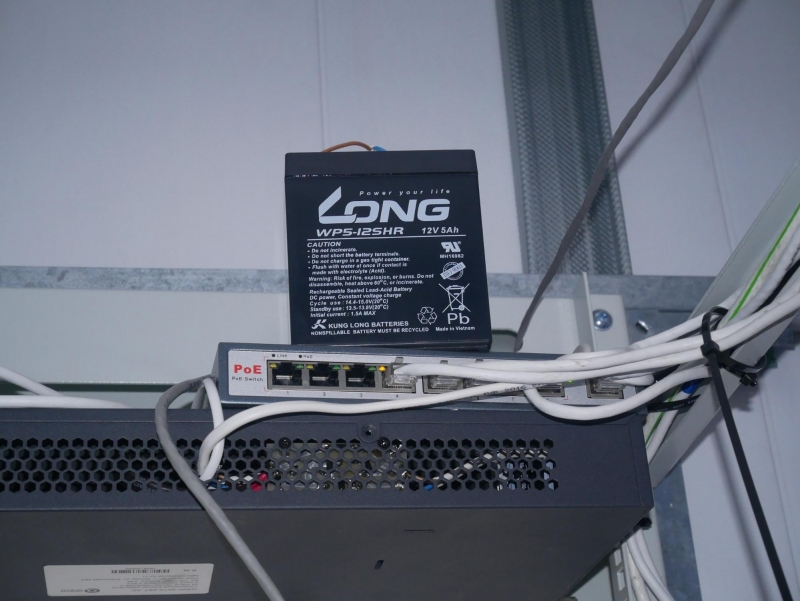

The second room of the data processing center is a small room where the Tower servers, mining farms and several Asiki are located compactly on the racks.
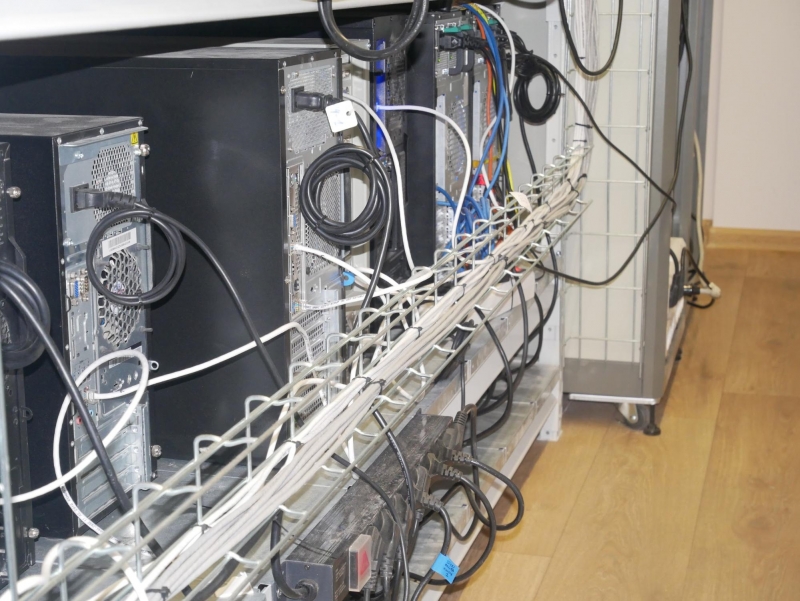

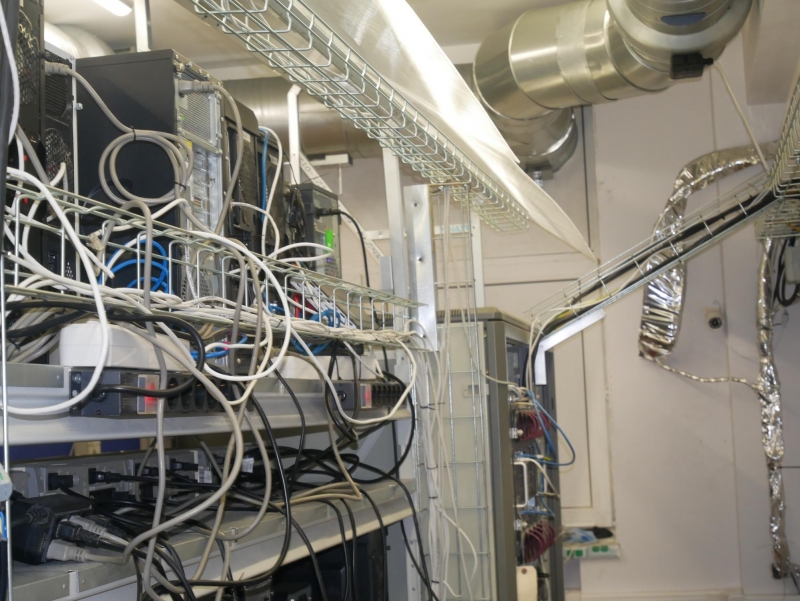
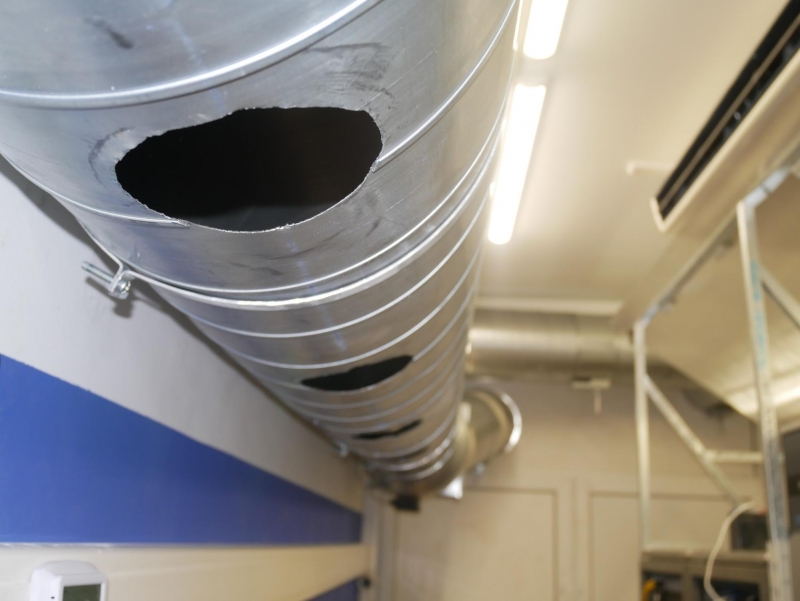


Tower servers resemble ordinary system blocks. Now they are used a little, and they are used mainly to host 1C and other automated systems for enterprises.



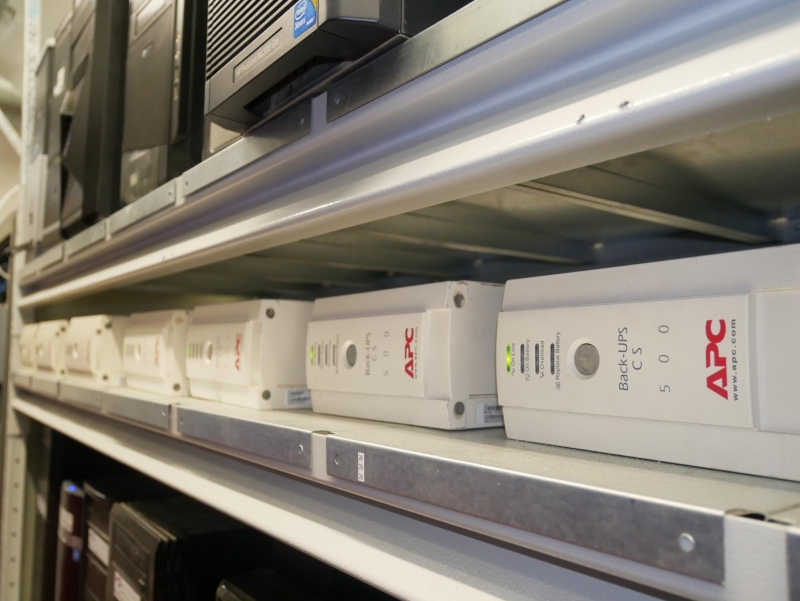
Here there are several mining farms. Mining equipment farm owners provide themselves. "RusCom" guarantees only reliable security, stable access to the network and reliable backup power supply.
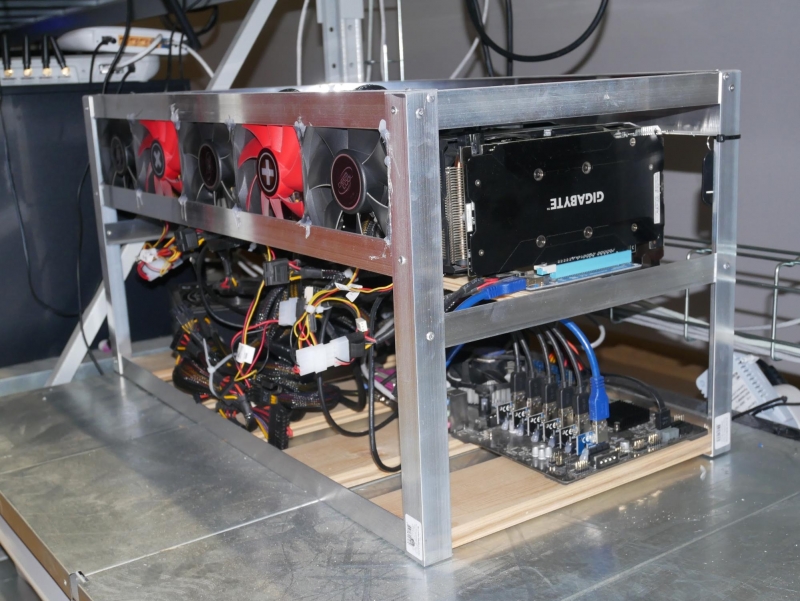




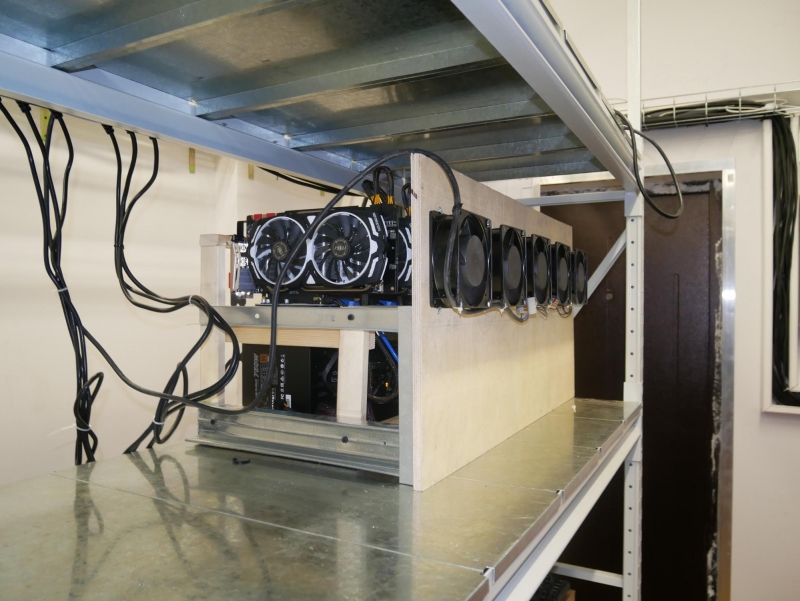
On the neighboring shelves miniature "Asiki" make their owners encrypted currency.
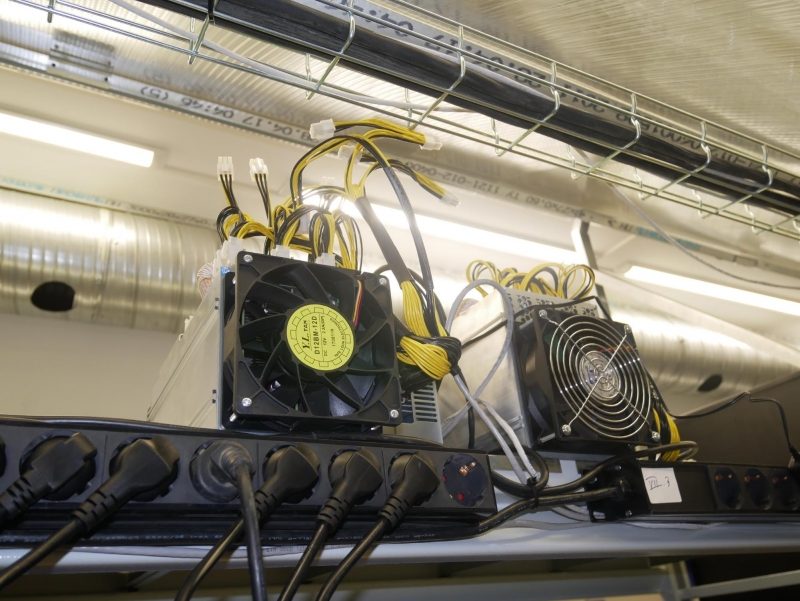
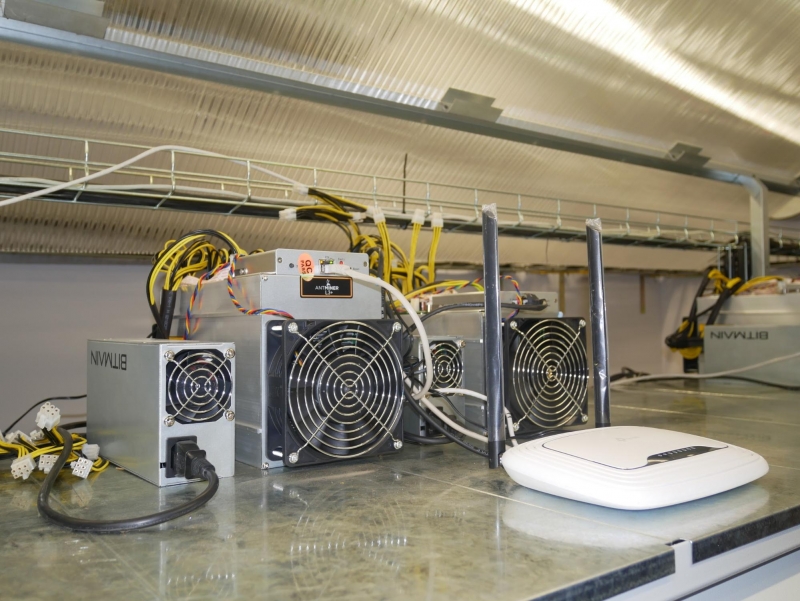
The third room of the data center, where repairs are now in full swing, will be completely left to the miners. There will be several racks just for hosting mining farms.
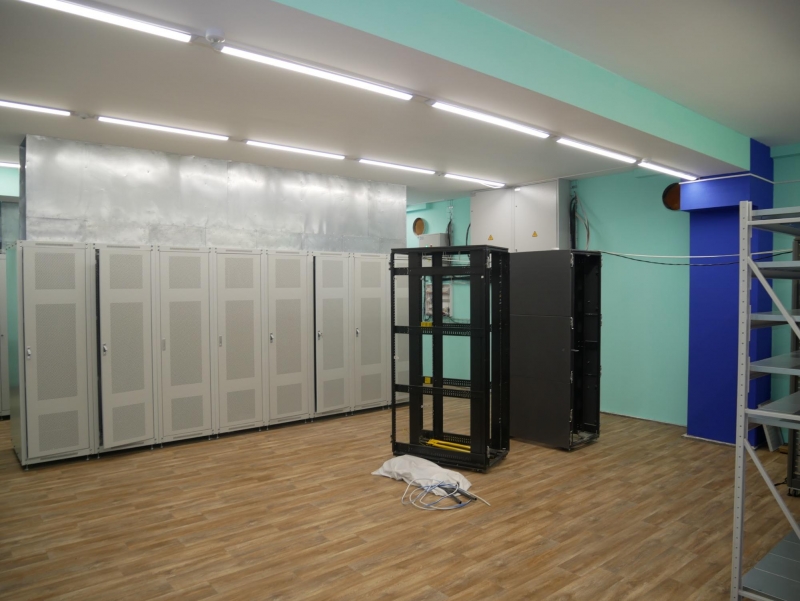
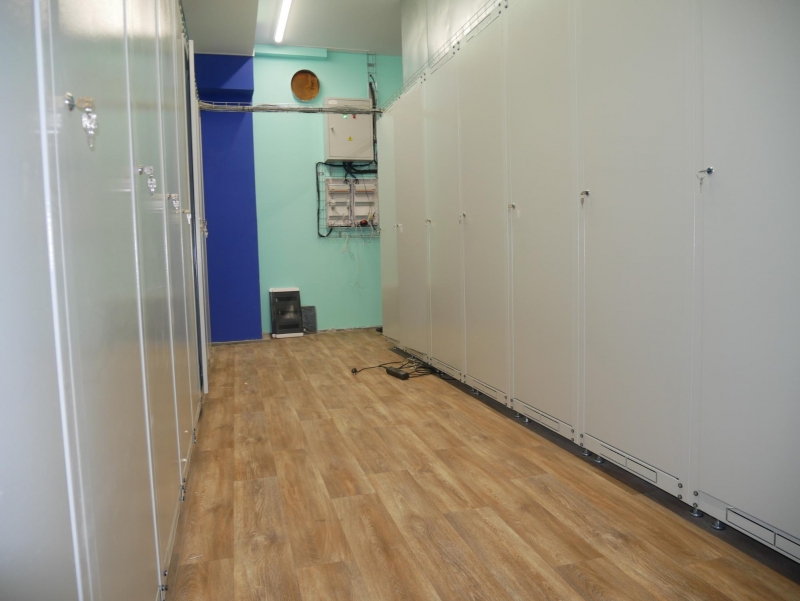
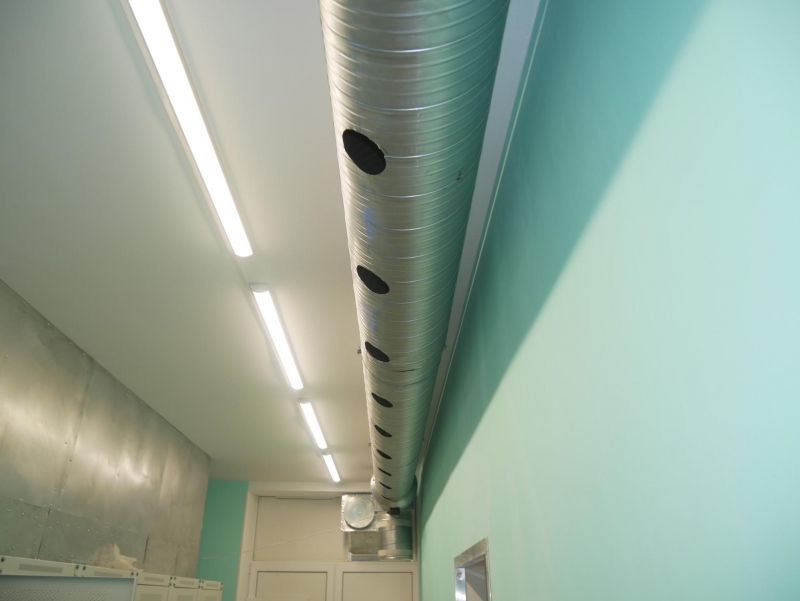

The placement of equipment for mining requires a lot of power. The Data Center is currently working on increasing them.
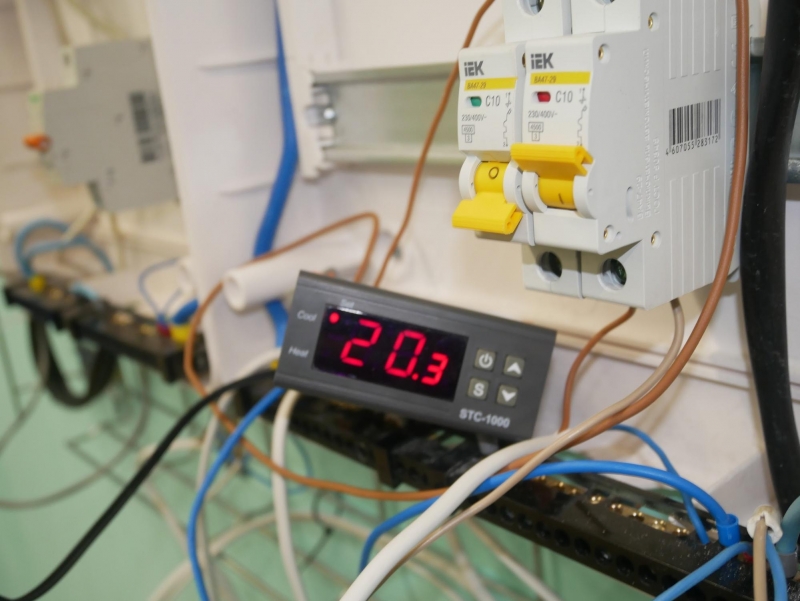
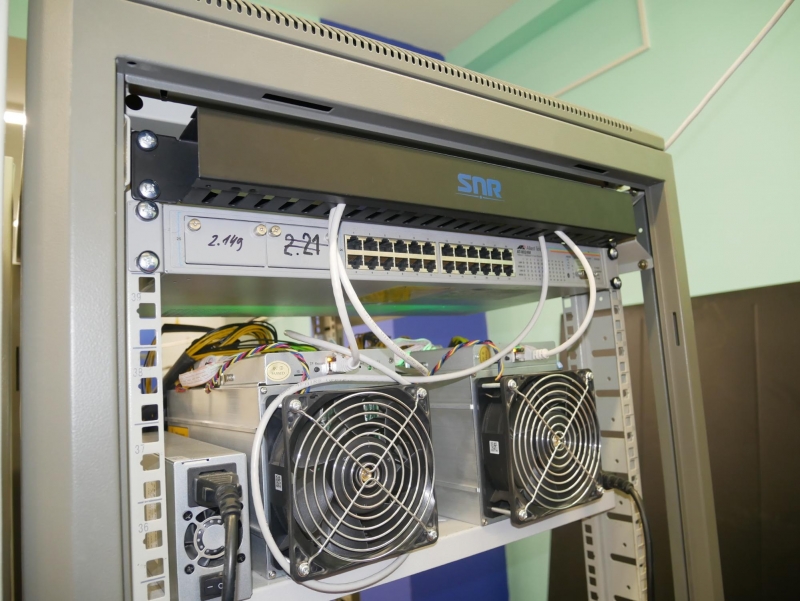
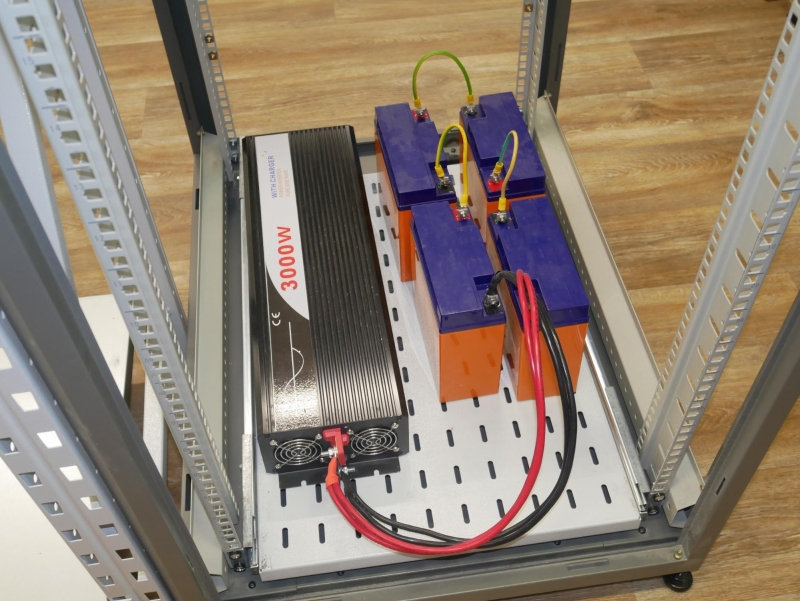
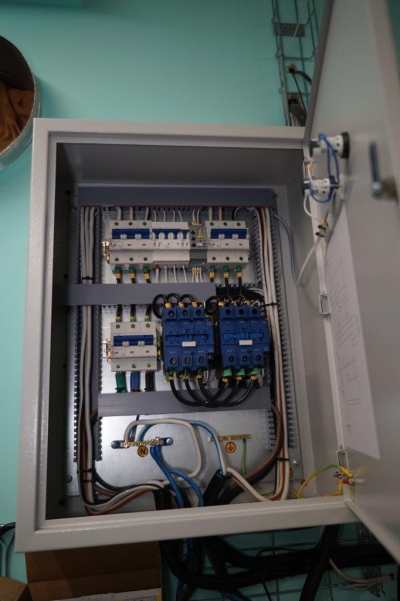
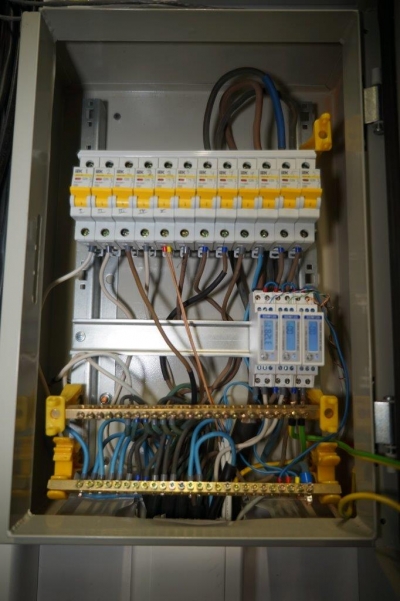
By the way, the distinctive feature of each room of the data center is that the walls in them are painted in Russian tricolor.
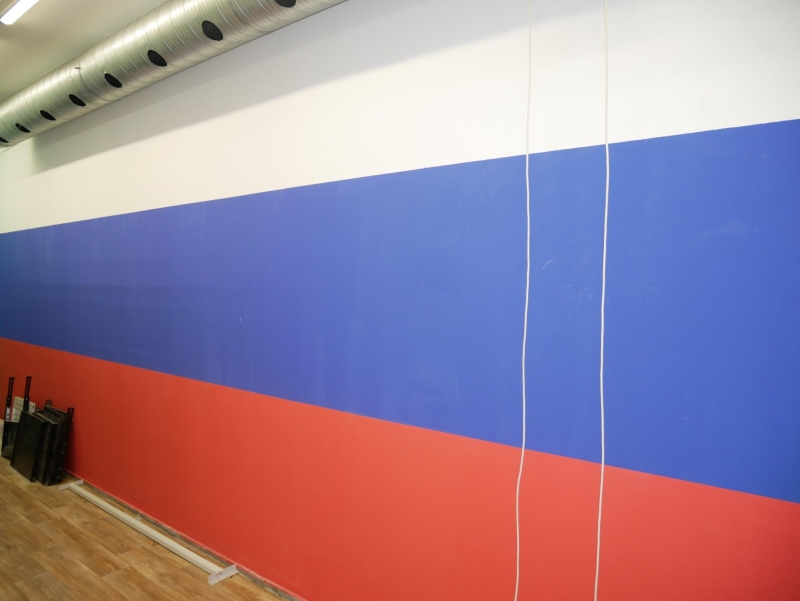
When all the repair and construction works are completed here, the management of the data center plans to build a reliable air-conditioning system, which in the near future could minimize the energy consumption of the data center. At the next stage, the transition to solar energy, and then the construction of a technopark with an innovative air conditioning system for the premises, where electricity supply would be provided by “green” energy.
